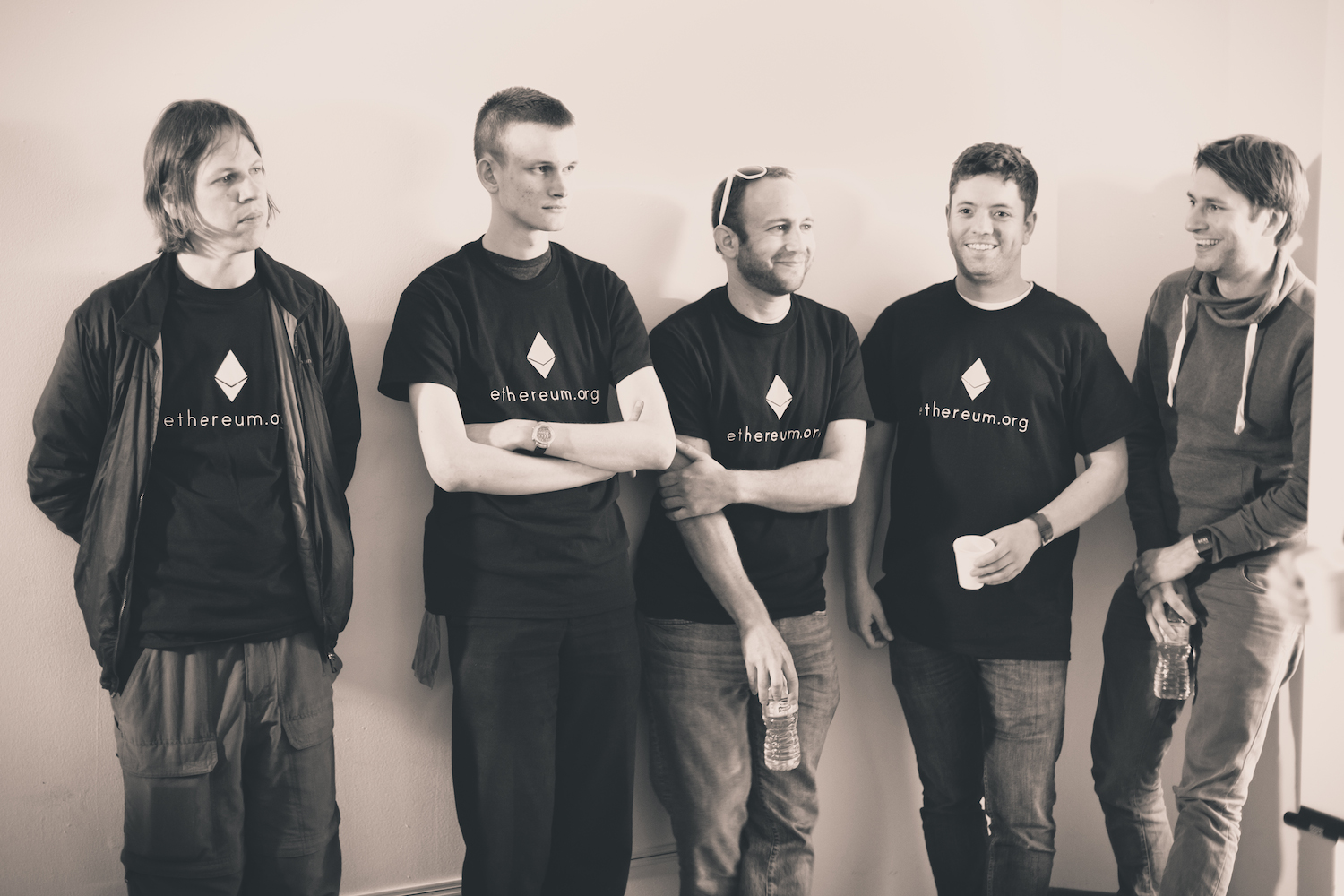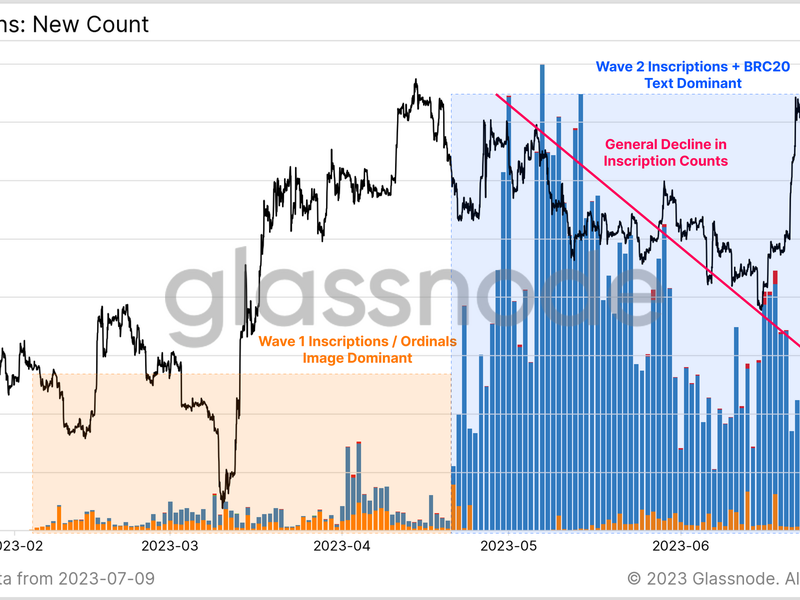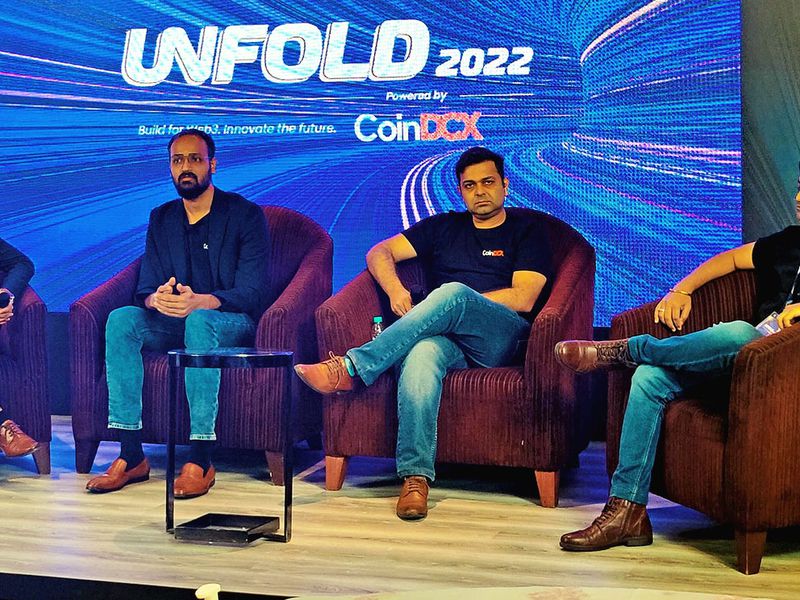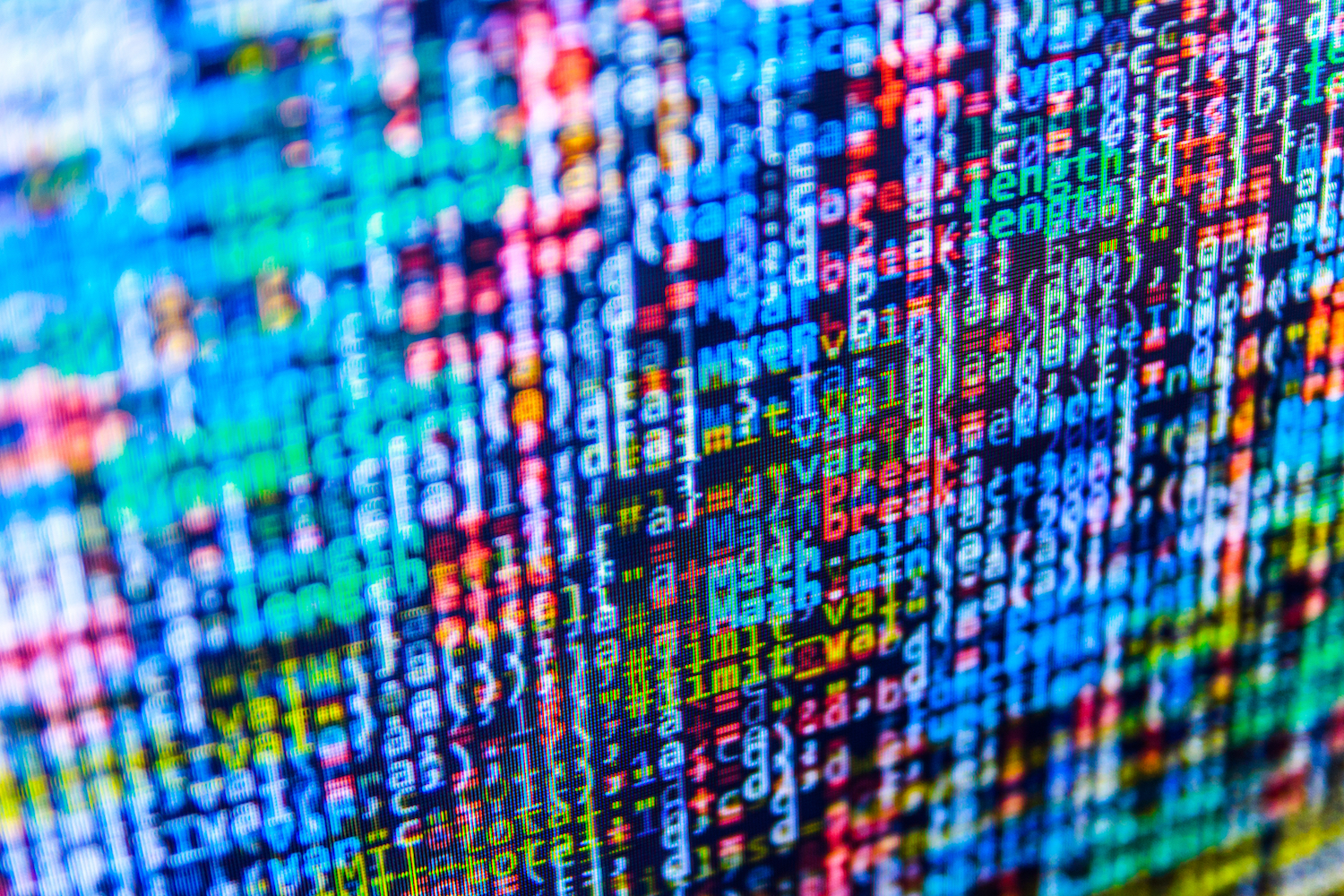Rome, a crypto startup project aiming to use Solana as an auxiliary network to provide services to layer-2 blockchains built atop Ethereum, emerged from stealth and announced it has raised $9 million of funding from top-tier investors.
The financing was provided by Hack VC, Polygon Ventures, HashKey, Portal Ventures, Bankless Ventures, Robot VC, LBank, Anagram, TRGC, Perridon Ventures, as well as notable angels including Anatoly Yakovenko, Nick White, Santiago Santos, Comfy Capital, Austin Federa, Jason Yanowitz, according to a press release shared first with CoinDesk.
Rome, founded by Anil Kumar and Sattvik Kansal, aims to set up Solana as the network underpinning shared sequencers as well as data availability (DA), according to the release.
A sequencer is the component of a layer-2 blockchain that batches up transactions and sends them to the base Ethereum blockchain to be settled, and some experts say these sequencers need to be decentralized to eliminate what can be single points of failure. A DA project is designed to store the reams of transactional data generated by Ethereum layer-2s, and to do so at a lower cost than what it takes to put the data onto the main Ethereum chain.
“The main thing is, a shared sequencer needs to be its own chain, and it takes a lot of time, a lot of effort to do that, so we were looking for what chain we should use,” Kumar said in an interview with CoinDesk. “If we look at Solana as a state machine, it is the best state chain, in comparison to Bitcoin, Cosmos, Ethereum.”
The project also aims to allow “atomic transactions” between Ethereum layer-2 networks, Kumar said. This is where multiple legs of a transaction are made on different blockchains. If any part of the transaction fails, none of it goes through, and the user is only out the cost of a Solana transaction, which is typically very low, he said.
Rome joins the fray with other crypto projects that are working to develop shared sequencers or DA – part of the broader trend of “modular” blockchains where certain functions previously handled exclusively by the main Ethereum chain are unbundled and handled instead by alternative projects.
Metis, an Ethereum layer-2 project, runs a decentralized sequencer, and Espresso Systems is building what it describes as an “L2 sequencing marketplace.”
Last month, NEAR Foundation, which supports the alternative layer-1 blockchain NEAR Protocol, spun out a project with $13 million in funding called Nuffle Labs that aims to provide DA.
Another project, Avail is using its own network for DA, and disclosed in April that there are plans for it to be integrated as an option into five Ethereum layer-2s including Arbitrum, Optimism, Polygon, StarkWare and zkSync.
Rome says a closed network will be open to developers starting this month, with plans for a test network at the end of 2024 and a main network launch in mid-2025.
Edited by Parikshit Mishra.
Disclosure
Please note that our
privacy policy,
terms of use,
cookies,
and
do not sell my personal information
has been updated
.
CoinDesk is an
award-winning
media outlet that covers the cryptocurrency industry. Its journalists abide by a
strict set of editorial policies.
In November 2023
, CoinDesk was acquired
by the Bullish group, owner of
Bullish,
a regulated, digital assets exchange. The Bullish group is majority-owned by
Block.one; both companies have
interests
in a variety of blockchain and digital asset businesses and significant holdings of digital assets, including bitcoin.
CoinDesk operates as an independent subsidiary with an editorial committee to protect journalistic independence. CoinDesk employees, including journalists, may receive options in the Bullish group as part of their compensation.

:format(jpg)/s3.amazonaws.com/arc-authors/coindesk/f22b7b33-3453-471b-9db5-9f17af90a499.png)








